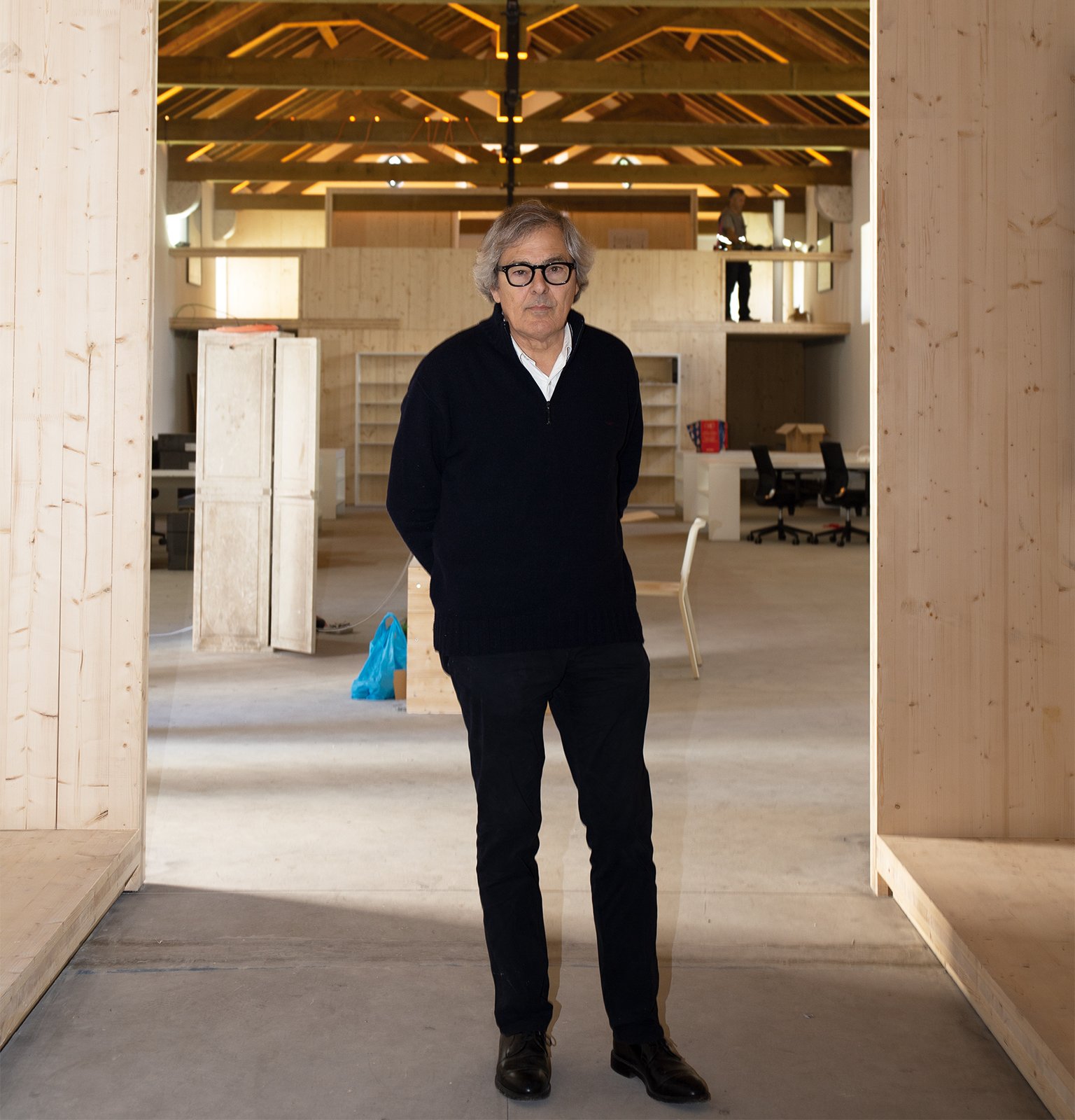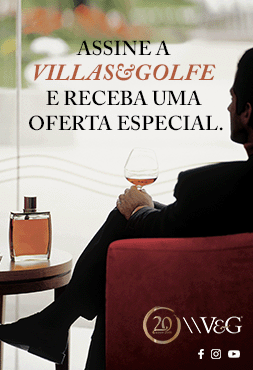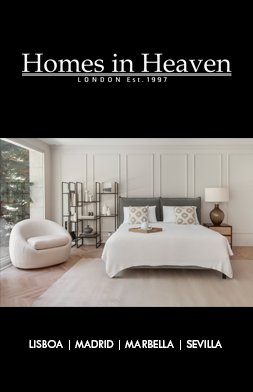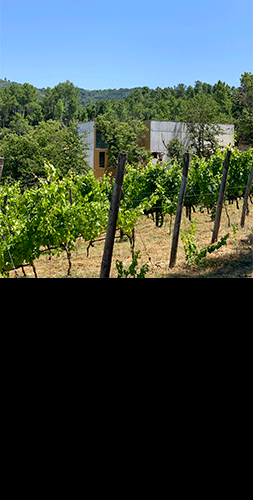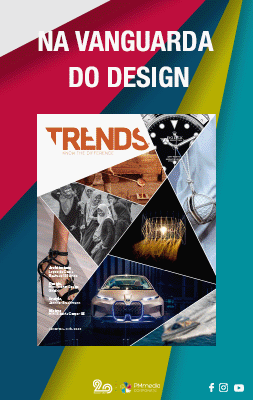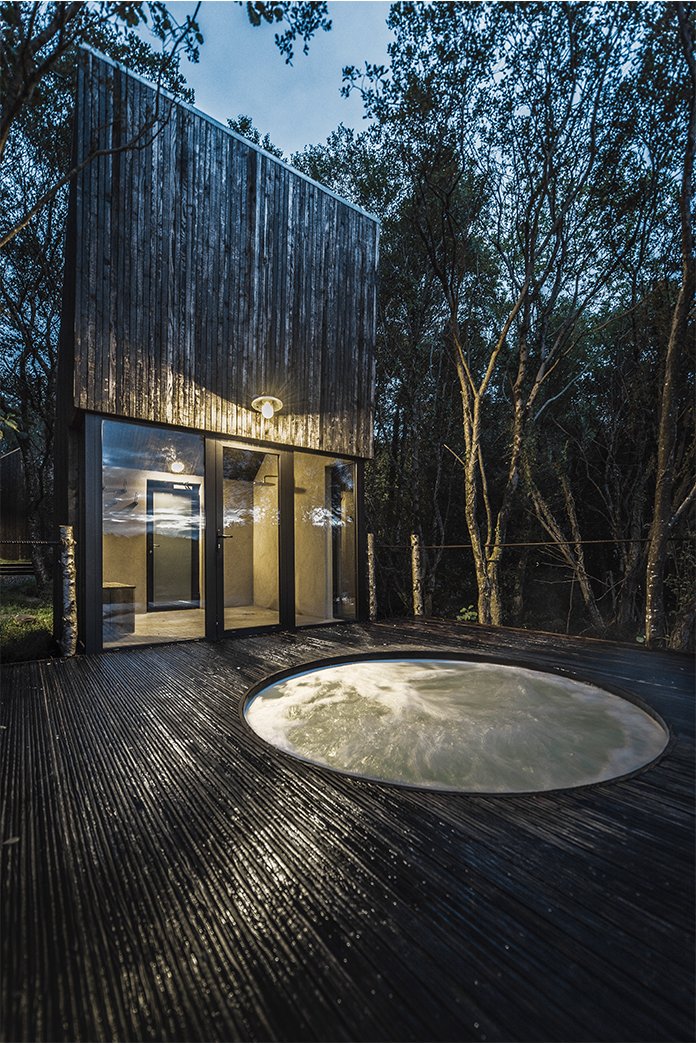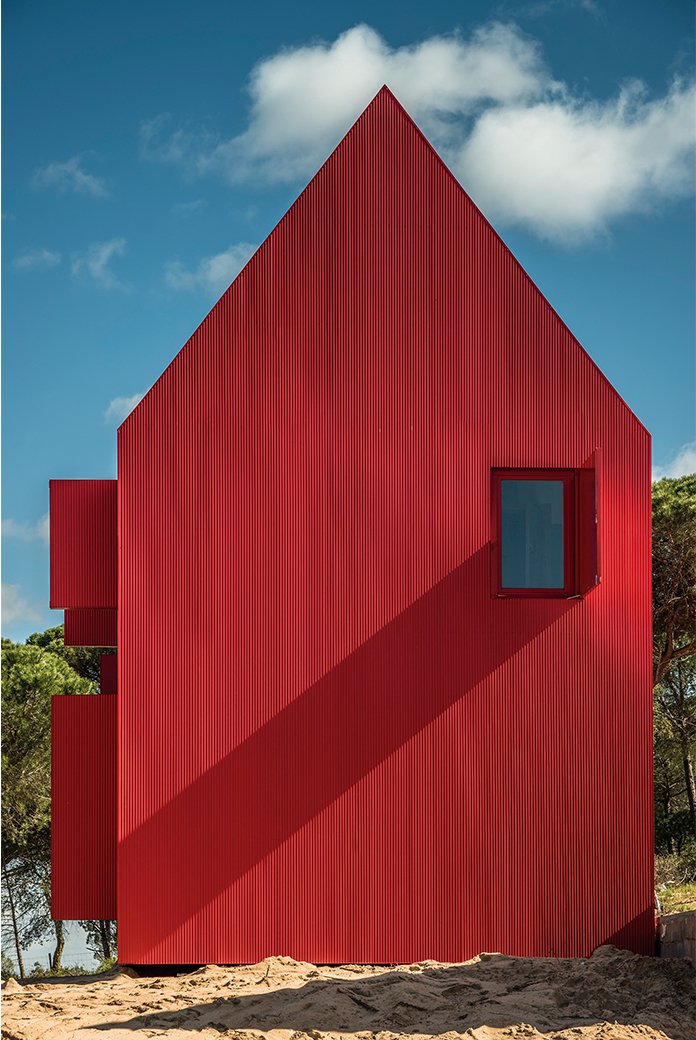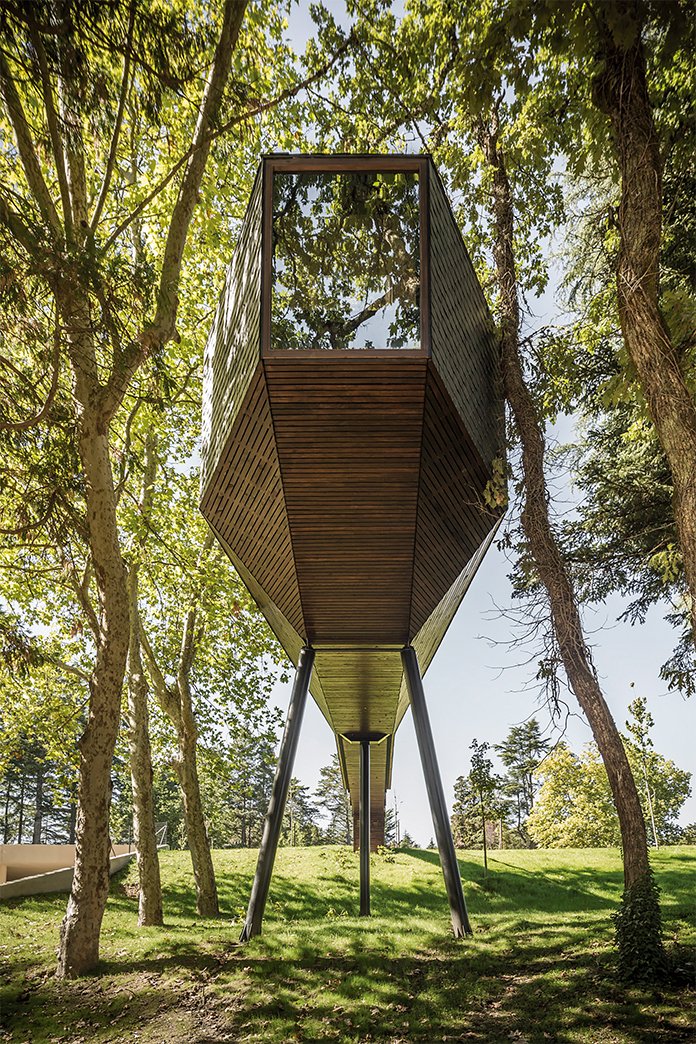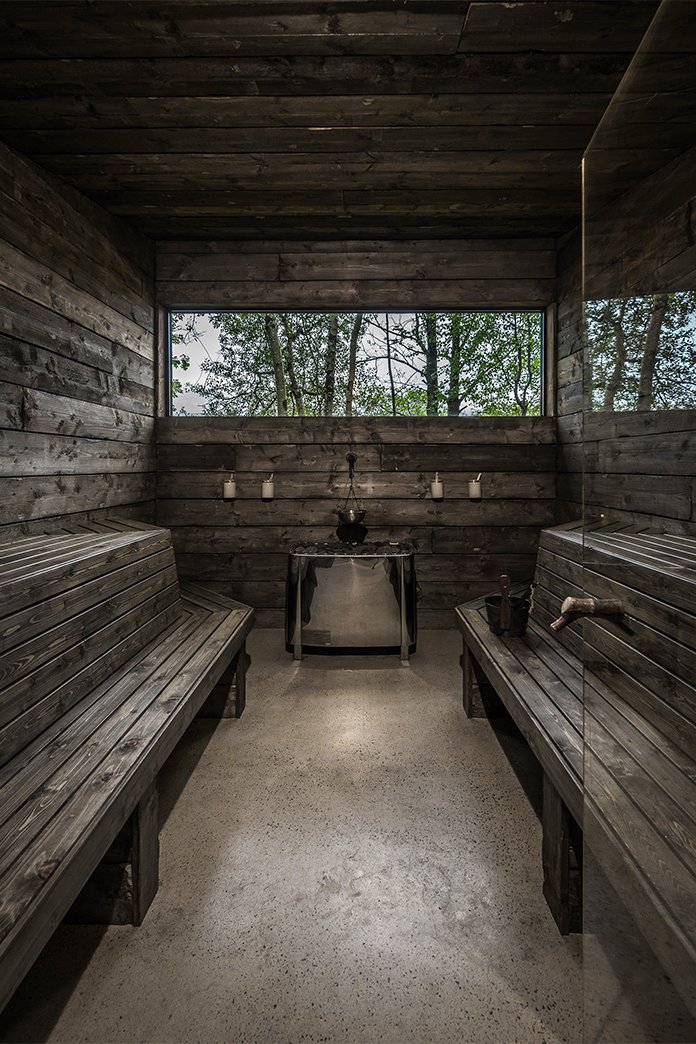You have two great
characteristics, sustainability and concern for the surroundings. When does
that start, when does it come started?
I think the landscape
has to be sustainable too. I have seen this since I graduated. I have always
had this concern. It’s just that a few years ago people started talking about
it, and everyone wanted it: «let's
be sustainable!»
But when they saw the bill they said: «wait,
we’re going to get rid of the photovoltaic panels after all...»
Casa Encarnada, for example, is, I would say, 95% self-sufficient. We as
citizens have that obligation. Full stop, period. And we have to fight for it.
We have to compel our clients. Things aren’t just about numbers, business,
making millions. No, we have to do things with great dignity and respect, above
all else for the weaker ones, because they are the ones who always pay the
bill, not the strongest. And so, sustainability is something that concerns
everything in our lives. I have had this since I was a little boy. My parents
gave us all an education, a table, a bed, clean clothes. My father was born poor
and died poor, but he managed to give everything to his 13 children. My mother,
for example, when one got the measles, she put them all in the same room, the
doctor was only called once (he laughs). And when she went to Badajoz,
she dressed us all in two brands: Levi’s, which was a luxury product at the
time, and Lacoste. Because those clothes were passed from one to the other. And
you could wash Levi’s trousers less often, which also saved money at the
laundrette.
We are in a construction boom of creating spaces and
micro spaces and they are changing a little bit what may become future family
environments, the pandemic did not slow down the tourism boom, nor will it, and
we are all very focused on tourism and selling and the more money we can
make...
We have two or three ‘oils’ in our country. One of
them is tourism, but this can only be sustainable if we manage to safeguard the
identity of the places, and the risk we run stems from vanity, and many
architects are incapable of understanding how identities are built. Identities
are built, obviously, with knowledge, they are built with the climate. It makes
me very confused to see a series of housing towers being built all in glass, I
don’t know how they can talk so much about sustainability and yet so much
construction is being built completely in glass. The people who are going to
live there are going to pay dearly for the energy they need to create a good
living environment and air conditioning. Native materials, if we look at it,
were the ones that really built identities. So, I’m afraid that now, making
things pretty will destroy many identities.
Are new architects
prepared for that?
I have no idea, I make
my own way, I follow my own path. Here in the studio, we believe in what we
believe in, we play our part. We, and I, are no longer at the age where we have
to go around trying to fix the world. Our obligation is for each one of us to
do our role well, to fulfil our obligation.
«We
are no longer at the age where we have to go around trying to fix the world»
